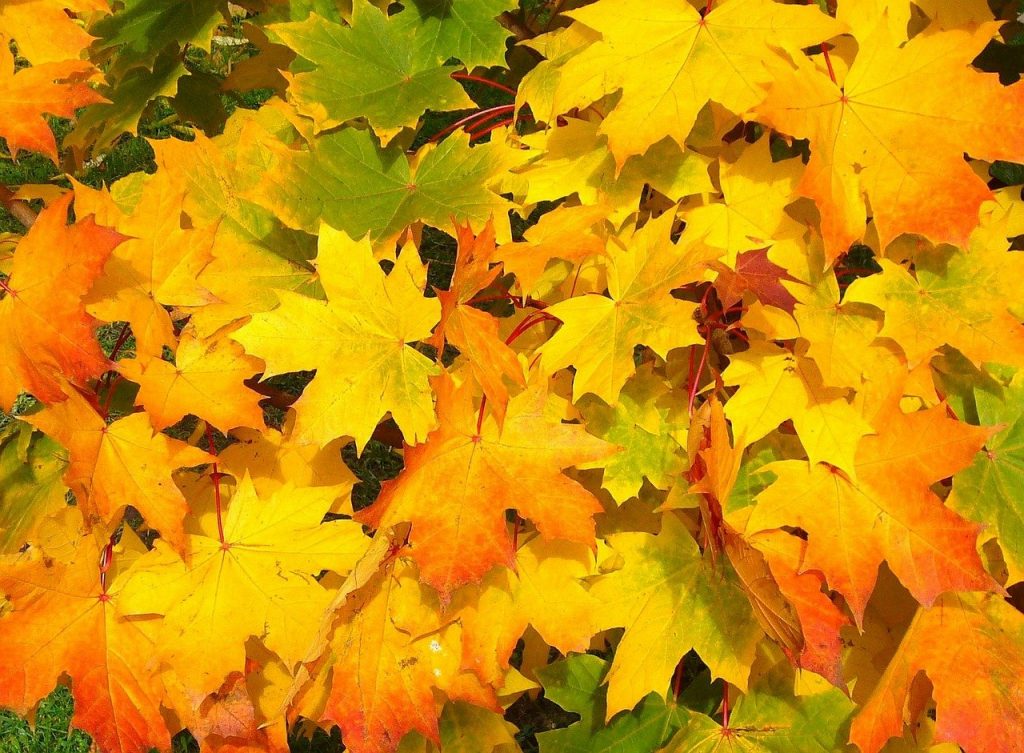It can be very relaxing for a basil plant to grow transparent leaves. This herb is also known as Wild Herb (Cyperus rotundus). It is a member either of the Labiatae or Lamiaceae mint family. The plant thrives in tropical regions, especially Madagascar and Africa. Basil can be used in many ways and is adaptable to different climates. Basil is easy to grow and can often be harvested.
There are many reasons why a plant might lose its leaves, and one of them could be a deficiency in sunlight. Since it derives most of its nutrients from the sun, it requires plenty of sunlight. Without enough sunlight, the plant will not grow well and will eventually die. The leaves will get bluish-green color due to lack of vitamin C. Lack of this vitamin causes a wide range of problems, including stunted growth. It can also cause a yellowish green color and the plant may die.
A second cause of transparent leaves is a condition called Phytophora Caespitosa (Bitter Orange). This is when the plant has too much water. This causes the plant to turn a brownish-orange color. The leaves get red and the plant eventually dies.
A third reason for transparent leaves is a plant that doesn’t receive enough sunlight. This is called photoreceptor injury. It is caused when a plant does not receive enough sunlight. The leaves turn yellowish-green and brittle. This can also be caused by a lack of sunlight. If a plant doesn’t get adequate sunlight, it needs to increase the level of chlorophyll it receives.
Many plants don’t get enough sunlight to get the amount of chlorophyll that they need. This is called “deficiency”. There are many causes. One reason is a lack of iron. Iron is needed to produce energy in plant cells. Hypochloria is a condition in which the plant becomes yellowish or brown due to a lack of iron.

Another reason for transparent basil leaves is a deficiency of vitamin B2 or thiamine. These can be prevented or treated by eating leafy greens, such as spinach and kale. Another deficiency symptom is that the leaves get brittle and fall off. Folic acid deficiency is the cause of this symptom. In this case, spinach and kale are recommended.
All three of these deficiencies cause brittle, crumbly leaves on the basil plant. However, gardeners are often dismayed by the cold drafts that they must endure throughout the growing season. Cold drafts can reduce the length and height of leaves, as well as their width. The plant will not grow if its leaves are shorter or its height is lower.
The final deficiency symptom is that the plant loses its fragrance. Because the leaves are transparent, the essential oils produced cannot be absorbed by the flower heads. Basil plants tend to dry out. The basil plant’s ability not to retain moisture is not affected if it has excess water. The leaves will turn back to their natural color if the excess water has been removed.
One way to fix this problem is to provide adequate light for the basil plant. You can do this by moving the flowering branches to higher levels of sunlight. Another way is to add extra sunlight to the area. Another thing that needs to be done is to increase the amount of light coming into the area through window placement. Both of these actions will ensure that the plant receives sufficient sunlight.
Iron deficiency is the last thing that causes chlorophyll’s breakdown. This occurs when the plant is lacking in trace minerals silica and magnesium. This is most common in the southern regions, where soil has insufficient amounts of these elements. If you find that your plant is lacking one or more of these elements, you should try to fertilize it. Iron deficiency is treated with an iron supplement.
Plants can absorb sunlight and change color but they are unable to absorb all colors. Chlorophyll is composed of two molecules that absorb green color and ones that absorb red color. Because of this, plants can only absorb a certain portion of the available colors. Without chlorophyll, plants cannot change their colors unless they are exposed sunlight. Chlorophyll can change its color if it is exposed to blue light. Because of this, it has become a very popular addition to green house plants.


